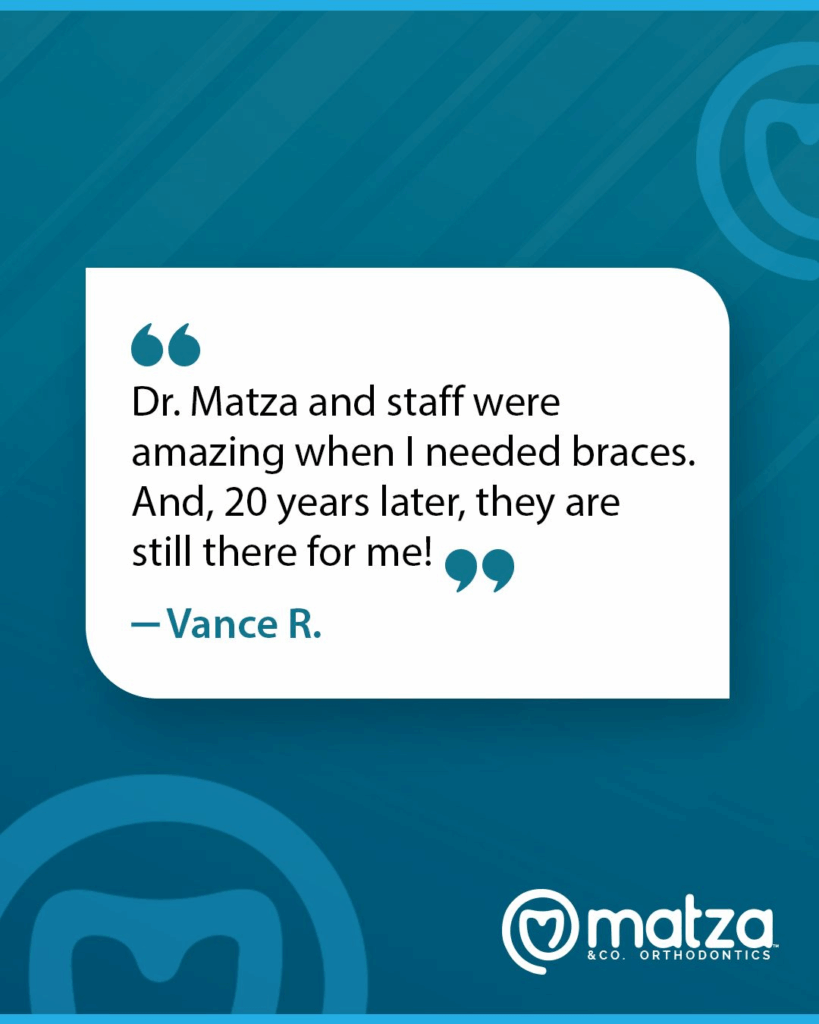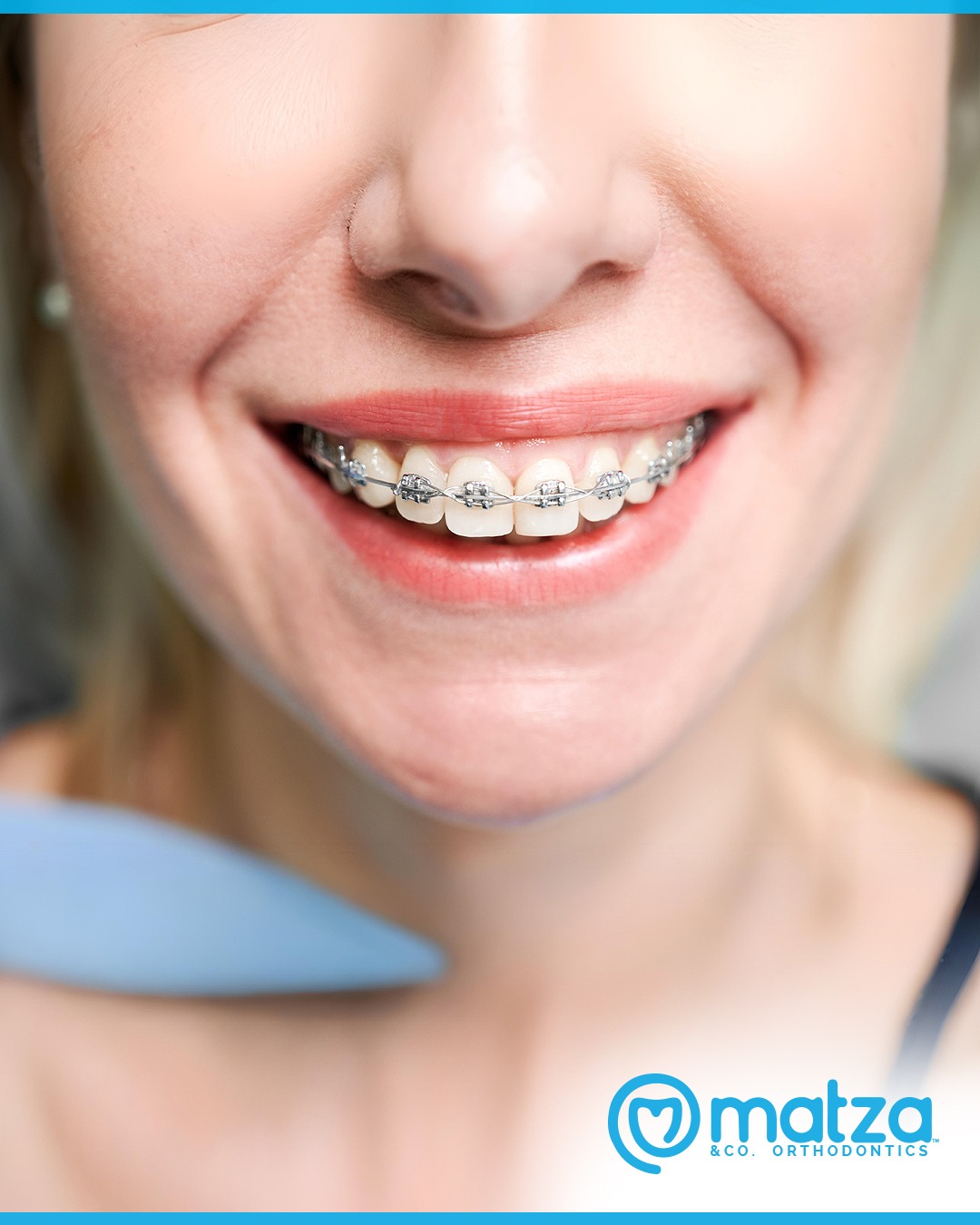Orthodontics Isn’t for Everyone—But When You Need It, Choose Matza Orthodontics

Not every patient will need orthodontic treatment, and not every smile requires braces or aligners to stay healthy and beautiful. For many, good oral hygiene and routine dental care are enough. But when tooth alignment, bite function, or craniofacial issues are involved, orthodontics can make all the difference. The key is knowing when treatment is necessary—and finding an orthodontist with the right expertise to guide the process.
That’s where Dr. Barry Matza stands apart. With decades of experience in Boca Raton, Dr. Matza has earned a reputation for excellence in treating both traditional orthodontic cases and complex craniofacial anomalies, including cleft lip and palate. As the Lead Craniofacial Orthodontist at Joe DiMaggio Children’s Hospital and a longtime staff member at Boca Raton Regional Hospital and Delray Medical Center, Dr. Matza brings a level of knowledge, compassion, and precision that goes far beyond routine orthodontics. His conservative, interdisciplinary approach ensures that every patient—from children with congenital conditions to adults seeking improved esthetics—receives care that is tailored, thoughtful, and highly effective.

When Do You Really Need Orthodontics?
Not every smile needs braces or aligners, but certain signs suggest it may be time for a professional evaluation:
- Bite issues – Difficulty chewing, overbites, underbites, or crossbites can cause long-term wear and jaw pain.
- Crowding or spacing – Teeth that overlap or have too much space can be hard to clean and affect esthetics.
- Jaw or facial concerns – Misaligned jaws, speech difficulties, or craniofacial anomalies may require specialized orthodontic care.
- Confidence & comfort – If your smile is affecting your self-esteem, orthodontics can improve both function and appearance.
At Matza Orthodontics, Dr. Barry Matza and Dr. Heather Ercolano evaluate each patient carefully and only recommends treatment when it’s truly needed—offering solutions that balance esthetics, health, and long-term results.

If orthodontics isn’t needed, Dr. Matza will tell you honestly. But if it is, you want an expert who understands both the art and the science of orthodontics—someone who can manage the most complex cases with confidence. That’s why families across Boca Raton and beyond choose Matza Orthodontics.

Your child’s smile deserves the best care from the start—and so does yours. Whether it’s guiding a child through their first orthodontic evaluation or helping adults achieve a healthier, more confident smile, Dr. Matza and his team are here to guide you every step of the way. Schedule a consultation today at 561.368.3480 to book an appointment, and follow us on Instagram @matzaorthodontics for insights, updates, and real patient success stories.
